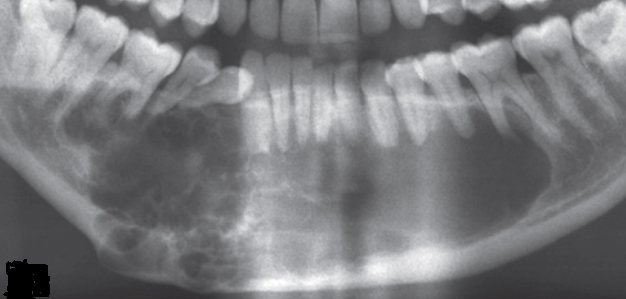An Introduction to Dental Crowns

Dental Crowns Crowns are a far more complex procedure than most people realise. To make a good quality crown, a dentist has to work in within a fraction of a millimetre. There is almost no margin for error. Getting the appearance correctly and communicating accurately with the dental lab can be an issue. Added to these, discussions about the balance between appearance and maintaining tooth tissue can be tricky. It can take a lot of painstaking adjustment at every step. Add in time pressure and any other added difficulties and it's a recipe for a stressed dentist, particularly if the dentist has recently graduated with limited experience. A calm and supportive dental nurse can work slickly with the dentist and makes the entire procedure easier. The roles of a good dental nurse and efficient lab technician are vital to the success of crowns. Diagram showing transvers view of a tooth showing shape and thickness of a dental crown in pink colour. Planning for Making a Crown The ...





